Version française disponible ICI.
Today, in the aftermath of the tragic attack in Nice, many articles mention the failures of the emergency alert system in France (1).
For too many years, the European Emergency Number Association has been calling on relevant authorities to mandate an efficient public warning system.
For too many years, those calls have been ignored. In 2008 and 2011, the European Parliament asked the European Commission to act for a better public warning system (2).
Other experts had recently criticised the French authorities regarding the lack of ambition of the measures taken (3). How many more attacks and failures are needed?
EENA once again reminds the urgency to implement a multi-channel public warning system which functions when networks are congested, such as Cell Broadcast (4).
EENA once again calls on the European Commission to mandate a European public warning system in the upcoming reform of the Telecom Rules.
EENA once again calls on the French Government, as well as other European countries, to set up an efficient alerting service.
Finally, EENA would like to thank Google, Twitter, Facebook and the Virtual Operations Support Teams (VOST/VISOV) for their remarkable digital contribution during the events in Nice.
Version française disponible ICI.
Press Contact: Benoit Vivier, [email protected].
More information
(1) The Guardian, 16 July 2016, “France's Saip emergency smartphone app failed during Nice attack”: available here
(2) – Declaration of the European Parliament on early warning for citizens in major emergencies, June 2008: available here
– European Parliament resolution of 5 July 2011 on universal service and the 112 emergency number: available here
(3) [In French] Libération, 9 June 2016, “Appli alerte attentats : «Il faut que la France respecte les standards internationaux»” : available here
(4) Read more about Cell Broadcast here
Useful links
– EENA Operations Document on ‘Public warning’, June 2012: available here.
– [In French] Ministry of Interior, 15 July 2016, “Mise en oeuvre de l'application SAIP le soir du 14 juillet 2016” : available here.
